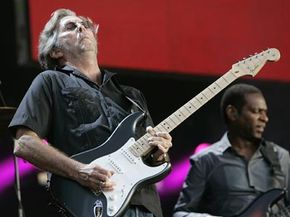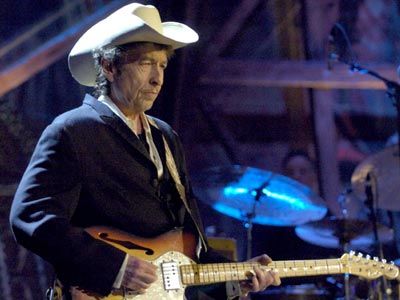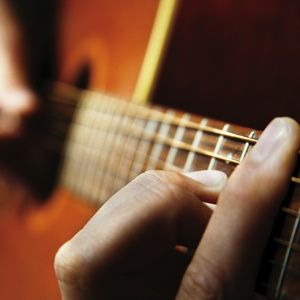You've just picked up a guitar, intent on becoming the next Eric Clapton or impressing your friends with some tunes. There's just one problem - you don't know a fret from a Fender.
Don't know a thing about strings? Do the notes you play have more twang than a country music star? If so, this tutorial from iVideosongs is for you.
Advertisement
The guitar has gone through several transformations throughout its history. Until the 18th century, the instrument had between three and five courses, or paired strings. You'll still find guitars with varied numbers of strings today, but the modern acoustic guitar typically has only six.
Even the materials used for guitar strings have changed over the years. At one time, animal intestines were used, and although you can still purchase gut strings today, modern strings are made from a range of materials: brass, bronze, steel and a variety of synthetic fibers. These different materials change the guitar's sound; classical guitars, for example, use nylon strings to produce their distinctive tones.
Regardless of the number of strings or what they're made of, however, you have to know how to handle them to play a song. This six-part series shows you how to fret notes, position your fingers and play some chords on an acoustic guitar. By the end, you'll be strumming Blues Traveler's "Run-Around" like a pro. Click over to the next page to start with the basics.
Advertisement



